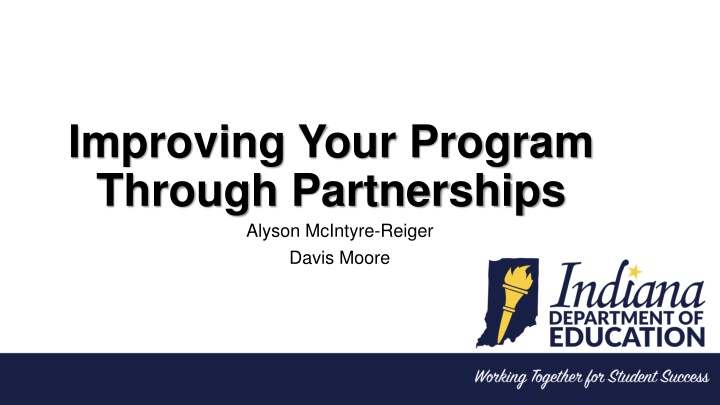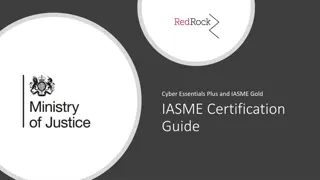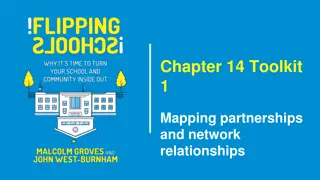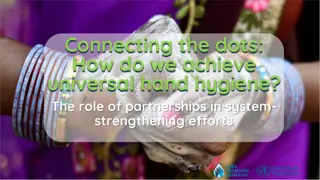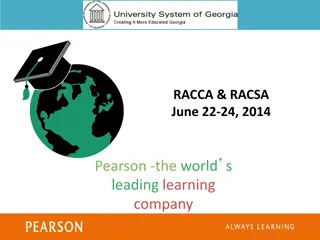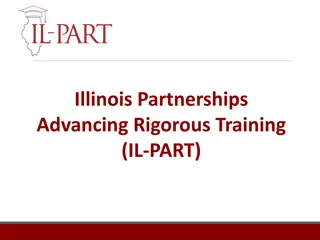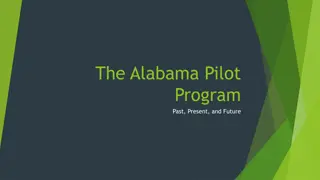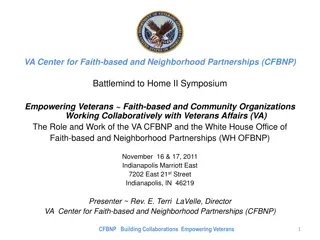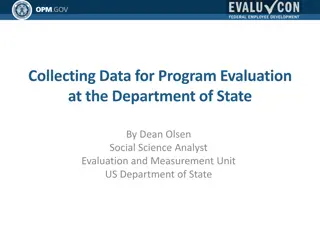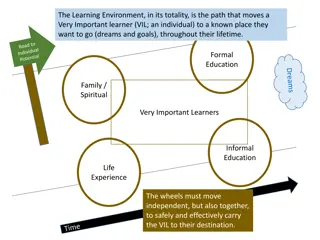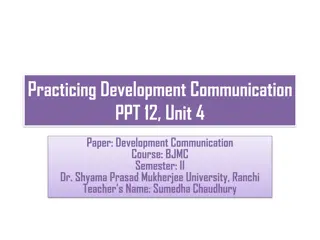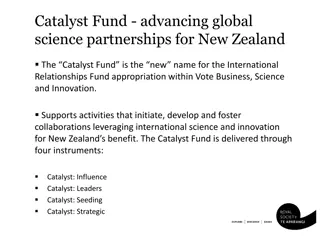Improving Your Program Through Partnerships Essentials
Enhance collaboration between educators and community partners to achieve shared goals and unique objectives. Discover the elements of successful partnerships and the benefits they bring to teachers, students, and businesses. Explore the importance of partnerships and how they contribute to improved outcomes for all stakeholders.
Download Presentation

Please find below an Image/Link to download the presentation.
The content on the website is provided AS IS for your information and personal use only. It may not be sold, licensed, or shared on other websites without obtaining consent from the author.If you encounter any issues during the download, it is possible that the publisher has removed the file from their server.
You are allowed to download the files provided on this website for personal or commercial use, subject to the condition that they are used lawfully. All files are the property of their respective owners.
The content on the website is provided AS IS for your information and personal use only. It may not be sold, licensed, or shared on other websites without obtaining consent from the author.
E N D
Presentation Transcript
Improving Your Program Through Partnerships Alyson McIntyre-Reiger Davis Moore
Agenda Partnership Essentials Finding Partners Formalizing a Partnership Working with Partners
Essentials to Partnerships
What is a Partnership? Educators and community partners working together toward a shared goal designed to benefit students while at the same time, achieving goals unique to each partner
Elements of Successful Partnerships Equal collaboration Shared concerns Each side brings benefits A way to measure progress
Why Partnerships? Businesses need an educated workforce Schools need resources and expertise Adds relevance to programs
Who Brings What to the Table? Schools Staff Facilities Inclusion in standards Parent Outreach Community Partners Expertise Goods Services Relationships
Benefits to Teachers Better market information Access to resources Improved employee morale Better staff support/development Improved opportunities for students
Students Benefits Increased relevance Increased engagement Improved disciplinary outcomes Increased student persistence Increased graduation rate
Graduation Rate Graduation Rates 100.00% 95.18% 94.98% 94.69% 95.00% 89.80% 88.90% 90.00% 88.60% 85.00% State CTE Avg State Grad Rate 80.00% 75.00% 2012-13 2013-14 2014-15
Benefits to Business/Community Partners Attract new customers Premium pricing Brand strength Potential customer outreach Social influence
Work Credentials Industry Certification Attainment Trend 70.0% 60.0% 53.9% 50.0% 40.0% 40.0% 28.8% 20.0% 10.0% 0.0% 2012-13 2013-14 2014-15
Step One: Finding a Partner
Finding Partners Focus on Warm Calls Develop a target list Personal network Professional network Vendors Parents Advisory board members Professional organizations
Connecting with Partners There are 4 critical components: 1. The Introduction 2. Learn about Them 3. Educate Them 4. Get on the Same Team
Connecting with Partners The Introduction: - Leverage existing relationships - Have industry peer connection at first meeting - Have initial meeting at partner s place of work
Connecting with Partners Learn about Partner: - Research them beforehand - Ask lots of questions - Be genuinely interested in what they do
Connecting with Partners Educate Partner: - Know your program - Explain your program s impact - Bring materials - Focus on the positives of your program
Connecting with Partners Get on the Same Team: - Emphasize shared interest - Let them see your program in action - Get some form of commitment
Step Two: Formalizing the Partnership
Making the Pitch After the initial meetings, it s time to put out a firm proposal. Proposal should include 5 Key Items: 1. Partnership Description 2. Stakeholder Roles 3. Targeted Outcomes 4. Measurement 5. Partner Responsibilities
Sealing the Deal Get commitments in writing Build additional relationships Get some early wins Spread the word
Step Three: Working with Partners
Advisory Boards What they do: Program alignment Community engagement Major initiatives Collaborative discussions
Mentors Role of mentors is to encourage, motivate, and support the success of students in the program Mentorship Programs Established Programs: Direct Employ Foundation, Million Women s Mentors, Girls Code Develop a Program: Non-traditional mentoring for male students in Early Childhood Education
What is Work Based Learning? Work Based Learning is: An instructional strategy Stand-alone or Embedded in any CTE course
Progression of Work Based learning Career Awareness Provides an initial view & exploration of careers. Begins in elementary grades and continues through high school especially in early high school. Career Exploration Provides further exploration of careers of interest. Students gather detailed career information to help them in career planning. Career Preparation Provides real-world experience in a pathway. Students research and plan for postsecondary and employment options in the career.
WBL Records to Maintain Training Agreements Content Standards Training Plan Hour Logs Portfolios
Content Standards Based Training Plan Created by the student collaborating with the teacher and mentor/supervisor Focused on pathway standards/skills Moves the WBL beyond employability skills Evaluation method integrated into plan
WBL Resources http://www.doe.in.gov/cte/work-based- learning Work Based Learning Manual Work Based Learning Training Plan
WBL Teachers in Industry Project Authentic work experience in an industry related to the teacher s content area CTE teachers build partnerships with local business and industry mentors Contribute to WBL Body of Knowledge 2017-25 participants Multiple sessions occurring tomorrow
Resource Support Make specific requests Coordinate for common need Ask if partner s vendor can Help HINT: Avoid having donations go into the general fund
